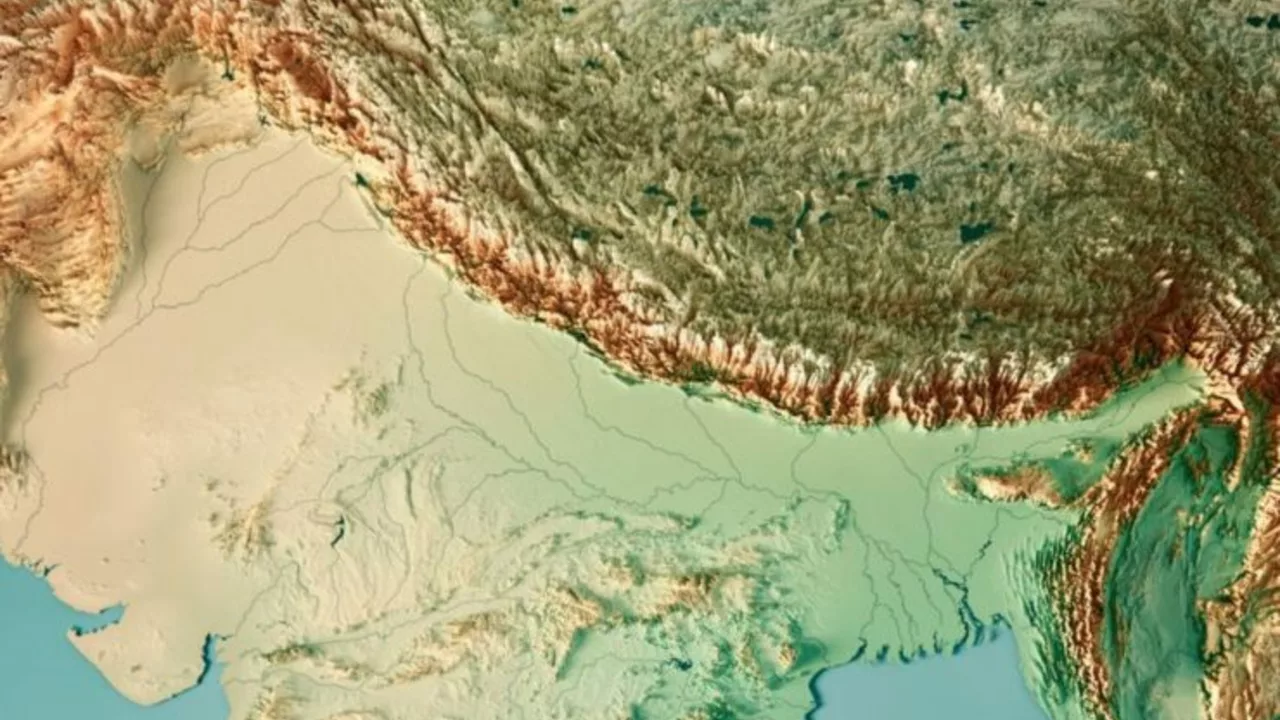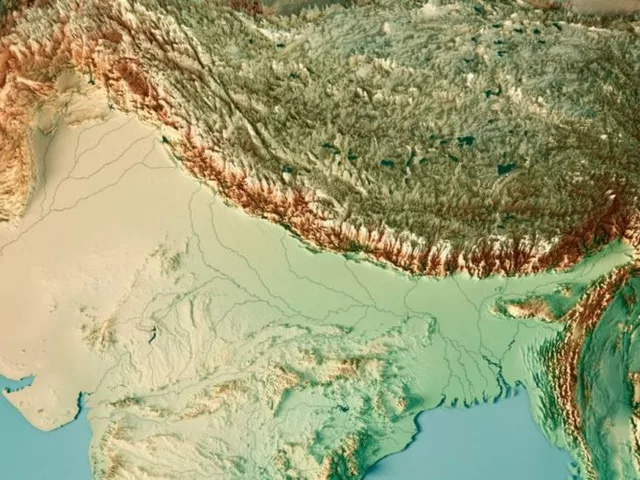Introduction: The Historical Context
The timeline of Jesus Christ, roughly between 4 BC and AD 33, marks an important era in world history. While the life of Jesus Christ was unfolding in the Middle East, thousands of miles away, the Indian subcontinent was also witnessing significant historical events. The rulers of this period left an indelible mark on India's cultural, political, and social landscape. Let's embark on a journey to uncover who these rulers were and how they shaped India's destiny.
Maurya Empire: The Fading Glory
During the early years of Jesus Christ's life, the Maurya Empire, which had reached its zenith under Emperor Ashoka, was gradually losing its glory. The last ruler of this empire, Brihadratha Maurya, was assassinated by his general, Pushyamitra Shunga, marking the end of the Mauryan rule in 185 BC. However, the influence of the Mauryan administration, especially Ashoka's principles of Dhamma, continued to resonate in the following centuries.
The Shunga Dynasty: Guardians of Brahmanical Order
After the downfall of the Maurya Empire, the Shunga dynasty took charge. Established by Pushyamitra Shunga in 185 BC, the dynasty lasted till 75 BC. During Jesus Christ's timeline, the Shunga dynasty had already fallen, but its impact on religion and culture was still evident. They were staunch supporters of Brahmanism and played a crucial role in the revival of the Hindu religion, which was facing competition from Buddhism and Jainism.
The Satavahana Dynasty: The Southern Power
In the Deccan region of India, the Satavahana dynasty was making its mark. The dynasty emerged around 1st Century BC and continued to rule till the 2nd Century AD. During Jesus Christ's timeline, the Satavahanas were at the peak of their power. They were known for their patronage to Buddhism and Prakrit literature, and they established long-lasting trade links with the Roman Empire.
The Kushan Empire: The Northern Titans
While the Satavahanas were ruling in the South, the Northern region of India was under the control of the Kushan Empire. The empire was established by Kujula Kadphises, but it reached its peak under Kanishka, who is believed to have ascended the throne around AD 127. The Kushan Empire was known for its military prowess, cultural sophistication, and the flourishing of Buddhism under its patronage.
Indo-Scythians: The Nomadic Warriors
Among the contemporaries of the Kushan Empire were the Indo-Scythians, a group of nomadic warriors who ruled parts of North-western India. Their rule spanned from the mid-2nd Century BC to the 4th Century AD. During Jesus Christ's timeline, the Indo-Scythians had a significant influence on the regions they ruled, especially in terms of art, known as the Gandhara art style.
The Indo-Greeks: Echoes of Alexander's Legacy
Another significant dynasty that left its mark on India were the Indo-Greeks. Although their rule ended around 10 AD, their influence on Indian culture, art, and philosophy was still evident during the life of Jesus Christ. They introduced Hellenistic culture to India, which greatly influenced the development of Buddhism and created a unique fusion of Greek and Indian art.
The Parthian Dynasty: The Persian Connection
On the western front, the Parthian dynasty, an Iranian royal house, held sway over a vast territory that included parts of present-day Afghanistan and Pakistan. During the timeline of Jesus Christ, the Parthians had established themselves as a significant power. They played a crucial role in the Silk Road trade, enabling a cultural exchange between the East and the West.
Conclusion: A Melting Pot of Cultures
During the timeline of Jesus Christ, India was a melting pot of diverse cultures, religions, and philosophies. From the Mauryas to the Kushans and from the Indo-Greeks to the Parthians, each dynasty and empire had its unique influence. They shaped the cultural fabric of the country and laid the foundation for the rich and diverse heritage that India boasts today.





